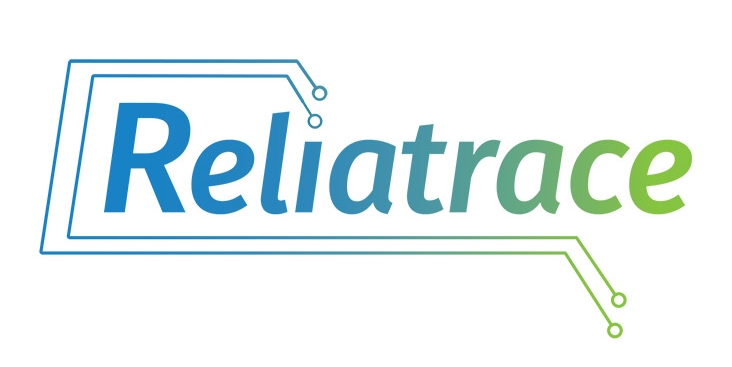Leading Maker of Agricultural Machinery Fixes Significant circuitry Failures in Gauge Display
The Problem
A Fortune 100 manufacturer of agricultural machinery renowned for their exceptional reliability was experiencing unexpected field failures of the gauge display on a line of harvesting equipment. Farmers were complaining of poor backlighting, weak moisture protection and for some, complete electronic failure.
The Challenge
Not only was it imperative for the manufacturer to identify and resolve the issues causing field failure in the gauge displays, it was also critical to secure a cost-control solution that would provide a universal circuitry design across 14 different overlays.
Upon initial evaluation by Reliatrace® engineers, three major causes of field failure were identified:
Excessively wide circuit traces that blocked portions of the illumination source for the display backlighting
The membrane switch stack-up exceeded the enclosure height, allowing moisture penetration and subsequent silver migration, resulting in circuitry failure over time
A sub-optimal tail exit design with traces placed in expansion instead of compression – a design flaw that increases stress and electrical resistance – which ultimately resulted in fractures that caused catastrophic assembly failure
An overarching source of theses field failures evolved from the single-sided construction of the gauge’s membrane switch, a design type which limits the printing of traces to a single side of the circuit substrate. Not only does single-sided circuitry contain cross-over connections – inherent points of weakness that are more prone to silver migration – this type of construction requires a larger circuitry footprint to achieve design requirements. Not suitable for rugged outdoor environments, the single-sided circuitry in the gauge display presented significant opportunity for improvement using Reliaswitch®.
The Solution
Employing our proprietary Double-Sided Polymer Circuitry (D/SPC®) technology, Reliatrace redesigned the membrane switch used in the gauge display, greatly increasing the reliability of the overall assembly. Reliatrace’s specialized screen printing process enabled the new Reliaswitch circuitry to be printed on both the top and bottom of the circuit substrate. Connecting traces with vias, Reliaswitch replaced the inherently weaker cross-over connections used in the previous single-sided design.
how does reliaswitch work?
For a detailed explanation of the Double-Sided Polymer Circuitry (D/SPC) technology used in Reliaswitch, please visit our Proprietary Technology page.
Because the Reliaswitch technology doubled the design space available on the circuit substrate, Reliatrace was able to:
Reduce the circuit trace widths and eliminate the structure blocking the illumination source
Decrease the circuitry footprint, allowing space for a complete perimeter seal against water and chemical penetration
Diminish the outside cut line of the circuit subassembly, fully recessing it within the enclosure and increasing the graphic overlay’s ability to operate as a moisture barrier
In addition, a carbon ink overcoat was added to further prevent silver migration and protect the circuitry from the harsh outdoor environment
Print tail traces on the bottom of the circuitry substrate, placing them in compression, NOT expansion, thereby reducing the risk of trace fractures
Provide a common circuit pattern for all 14 gauge displays
Collectively, the Reliaswitch technology resolved the display gauge backlighting issues, prevented moisture penetration and greatly reduced the risk of trace fractures. Not only did the new membrane switch design eliminate all three major causes of field failure, the overall cost of the product decreased substantially.
The Results
Since 1995, this Reliaswitch application has performed with exceptional reliability and longevity. More than 47,000 Reliaswitch components have been successfully produced and shipped for assembly. To date, none have been rejected and no Reliaswitch field failures have been reported in the harvester gauge displays.





